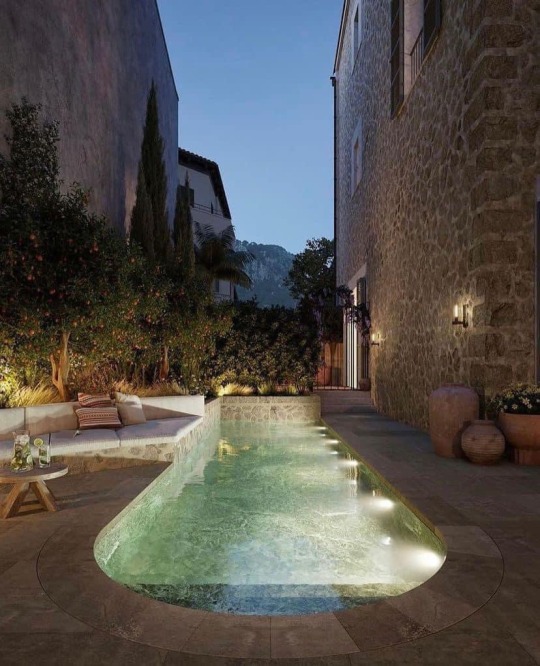#tuscan
Text
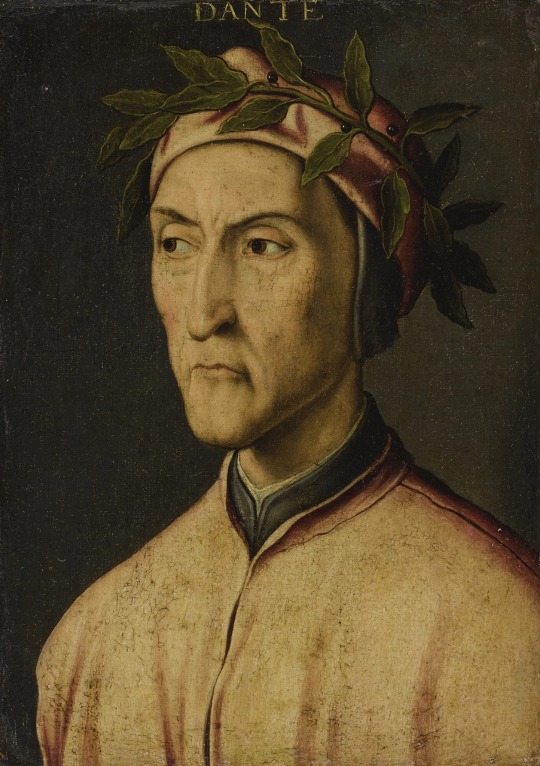
Portrait of Dante Alighieri | Florentine School, Circa 1530
#dante alighieri#dante#portrait#art#laurel wreath#poet#medieval#middle ages#renaissance#florence#tuscany#florentine#tuscan#italy#italian#history#europe#european
287 notes
·
View notes
Photo

Spicy Tuscan Chicken Pasta
1K notes
·
View notes
Photo

sebastian vettel warms up with his team, mugello, italy - september 12, 2020
📷 charles coates / motorsport images
#sebastian vettel#f1#formula 1#tuscan gp 2020#flashback fic ref#flashback fic ref 2020#mugello#mugello 2020#mugello 2020 saturday#tuscan#tuscan 2020#tuscan 2020 saturday
415 notes
·
View notes
Text

#val d’orcia#Italy#Rome#Florence#Tuscan#view#views#travel#traveling#travels#sky#sunset#cypress trees#trees#greenery#cobblestone#stone#pathway#walkway#landscape#landscaping#shrubbery#Tuscany
64 notes
·
View notes
Text
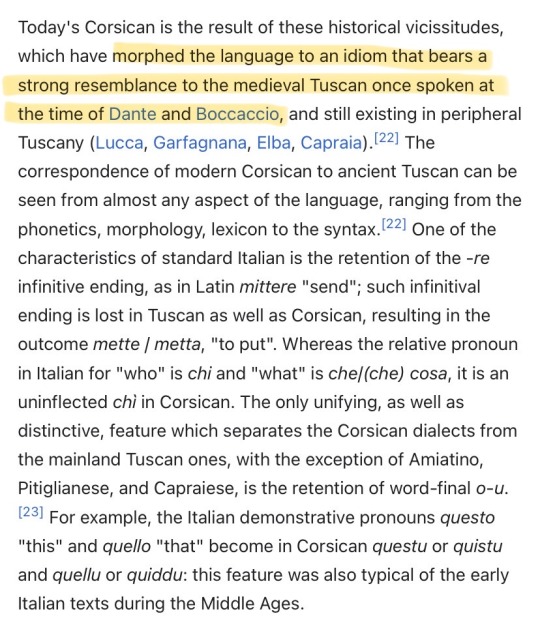
I like to think of Napoleon walking around sounding like a medieval Italian
#idk why this reminds me of those random regions in the Outer Banks that still speak Shakespearean English#but the Italian version of it#Napoleon#Corsican#Tuscan#Corsica#Italian#napoleonic era#napoleonic#napoleon bonaparte#Wikipedia
21 notes
·
View notes
Photo



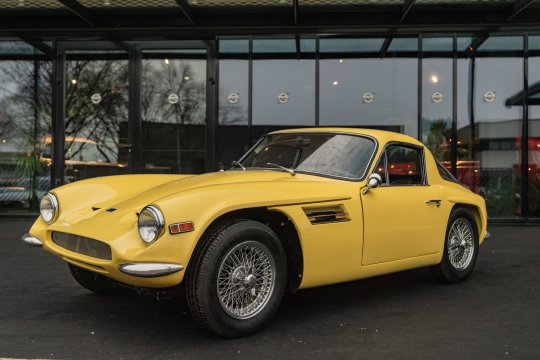

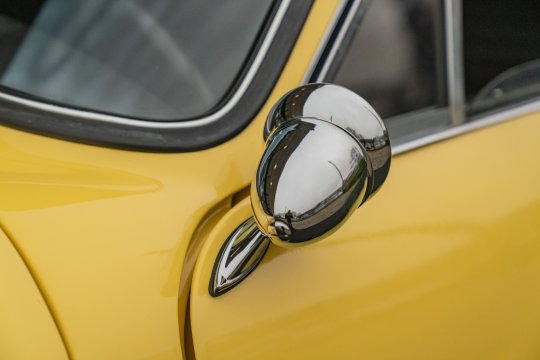


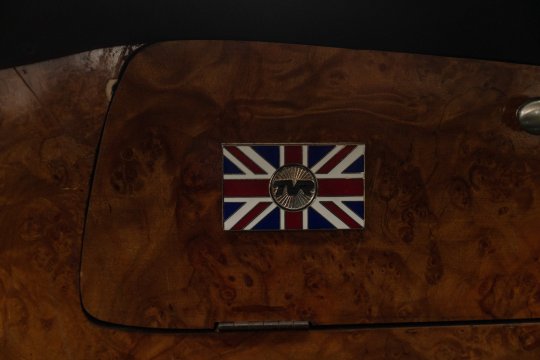
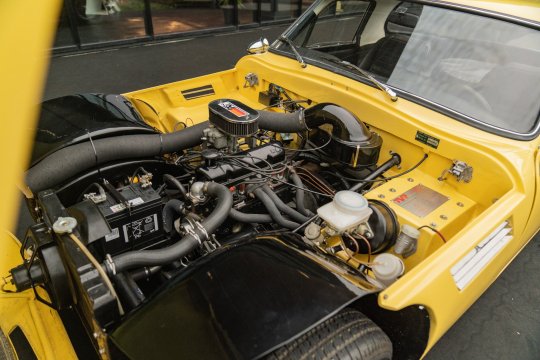
TVR Vixen
Although the Vixen used the same chassis as the outgoing Tuscan, the significant change was the use of the 1599 cc Ford Kent engine, as found in the Ford Cortina GT, developing 88 bhp. The Ford unit was selected in order to keep prices as low as possible and because of supply problems from BMC.
The Cortina unit was less powerful than the MGB engine which developed 95bhp, but it was also lighter. To use up remaining supplies, the first twelve Vixens built still received the MGB engine.
The Vixen’s bodywork was also slightly revised, with the bonnet having a broad flat air intake scoop and the rear of the car was fitted with the round “Ban the Bomb” Cortina MK I tail lamps.
The S1 was replaced by the heavily modified TVR Vixen S2 in October 1968. The S2 was built with a longer 90 inch wheelbase chassis, introduced on the Tuscan V8 but which TVR had now standardised to address complaints about difficulty of ingress. The bonnet was restyled again, with some early cars having a prominent central bulge and later cars having twin intake ducts at the front corners of the bonnet. The tail lamps were updated from the round Cortina MK I style to the newer wraparound Mark II style. Also very significant was the fact that the body was bolted, rather than bonded to the chassis, meaning it could be easily removed for repairs.
The interior was improved, with a leather-skinned steering wheel mounted much lower than before. In a further attempt to improve the quality feel, the body was thicker and panel fit was improved.
In December 1968, TVR announced that two more models, the S.2 Sport and S.2 Super Sports would be available as standard. These models came with an uprated engine from Speedwell including fully balanced bottom end, ported cylinder head and two twin choke Weber carburettors, with the Sports producing 100bhp and the Super Sports 115bhp. Both of these models came with seat belts and leather steering wheel as standard.
The S3 continued to improve the car with a number of detail changes. The heat extraction vents on the flanks behind the front wheels were decorated with “Aeroflow” grilles borrowed from the c-pillars of the Ford Zodiac Mark IV and the Ford four-cylinder engine was now in the same tune as in the Ford Capri, producing 92 bhp. Instead of wire wheels, cast alloy wheels were fitted as standard.
The S4 cars were an interim model that used the TVR M Series chassis with the Vixen body shell. Apart from the chassis, there were no significant mechanical or cosmetic changes between the S3 and S4. Twenty-two were built in 1972 and one in 1973.
The 1300 model arrived in late 1971 and was built in an attempt to fill an “economy” market segment for sports cars. It was powered by a 1296 cc Standard SC engine from the Triumph Spitfire engine making 63 bhp, and its lack-lustre performance limited its sales success. Top speed was barely 90 mph. Only fifteen were built, all in 1972. The final six of these cars were built on a M Series chassis and the very last 1300 was also built with M Series bodywork, although it never received a “1300M” designation.
142 notes
·
View notes
Photo

Tuscan Minimalism
399 notes
·
View notes
Text

#valdorcia#val d'orcia#toscana#tuscany#tuscanian#tuscan#tuscan sun#federica giordano#federica giordano photography#federicagiordanophotography#canon
60 notes
·
View notes
Text

La Chimera (dir. Alice Rohrwacher) x VIFF 2023.
A beguiling Josh O'Connor in a dirty white linen suit stars as a recently released from prison British archaeologist turned grave robber who stumbles into a European network of stolen Etruscan artifacts in 1980s Tuscany. It's a strange period romantic drama about obsession blending ideas of historical folklore and unattainable dreams in Italy's past and present.
Screening at the 2023 Vancouver International Film Festival as part of the Special Presentations series at the Vancouver Playhouse on Oct. 2.
#la chimera#chimera#viff#viff 2023#reviews#media#features#movie#movies#movie review#film#film review#cinema#josh o'connor#alice rohrwacher#italian film#tuscan#tuscany
12 notes
·
View notes
Photo

A Parade Shield made from a painted tutrle shell, Tuscany, Italy, ca. 1510, housed at the Kunsthistorisches Museum, Vienna.
#armor#armour#weapons#shield#parade#europe#european#italy#italian#tuscany#tuscan#renaissance#khm#vienna#art#history
193 notes
·
View notes
Text
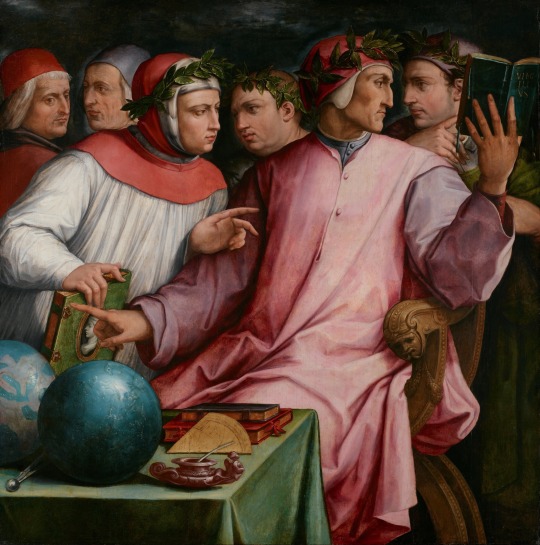
Six Tuscan Poets - Sei poeti toscani by Giorgio Vasari
From left to right: Marsilio Ficino, Cristoforo Landino, Francesco Petrarca, Giovanni Boccaccio, Dante Alighieri, and Guido Cavalcanti
#giorgio vasari#art#tuscan#poets#tuscany#florence#florentine#dante alighieri#dante#europe#european#northern italy#italy#history#renaissance#marsilio ficino#cristoforo landino#francesco petrarca#giovanni boccaccio#guido cavalcanti#virgil
87 notes
·
View notes
Text

sebastian vettel and charles leclerc in the paddock on race day, mugello, italy - september 13, 2020
📷 james moy / alamy
#sebastian vettel#f1#formula 1#tuscan gp 2020#flashback fic ref#flashback fic ref 2020#tuscan#tuscan 2020#tuscan 2020 sunday#mugello#mugello 2020#mugello 2020 sunday#charles leclerc
82 notes
·
View notes
Photo

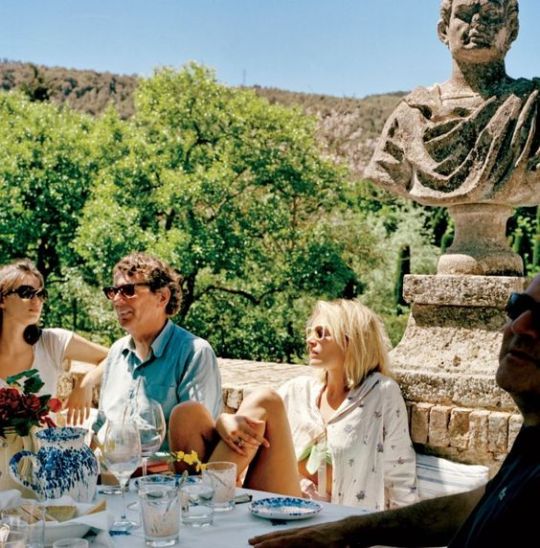

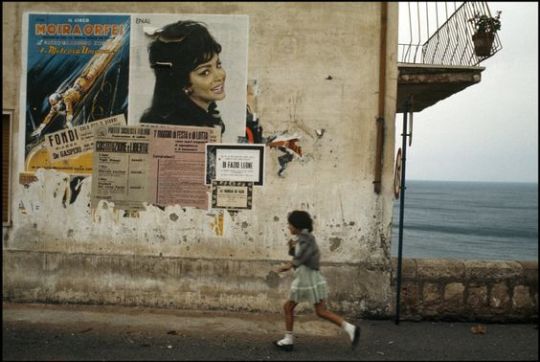

M I S S I N G—S U M M E R—I T A L I A N O
61 notes
·
View notes
Text

#game#video game#racing game#racing video game#superstreet#motortrend#playstation 5#playstation 4#playstation#ps share#ps5#ps4#gt7#gran turismo 7#gran turismo#tvr#tuscan#tvr tuscan#british car#british cars#sports car#sports cars#drift#drifting#coupe#modified car#modified cars#tuner#tuned#tuner car
2 notes
·
View notes
Photo



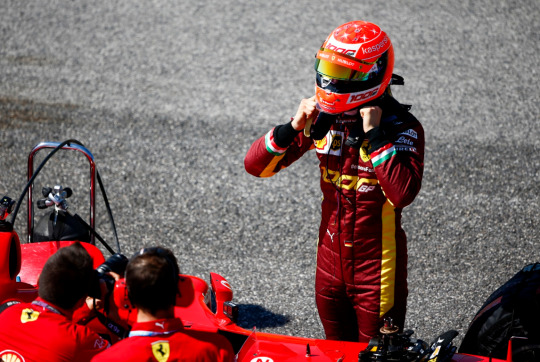
mick schumacher prepares to drive his father, michael’s, f2004, mugello, italy - september 13, 2020
📷 andy hone / motorsport images
#mick schumacher#f1#formula 1#tuscan gp 2020#flashback fic ref#flashback fic ref 2020#italy#mugello#tuscan#italy 2020#italy 20#italy2020#italy20#italy 2020 sunday#mugello 2020#mugello 20#mugello2020#mugello20#mugello 2020 sunday#tuscan 2020#tuscan 20#tuscan2020#tuscan20#tuscan 2020 sunday#f2#f2 2020#not a race#non-race#2020 not a race#2020 non-race
65 notes
·
View notes
